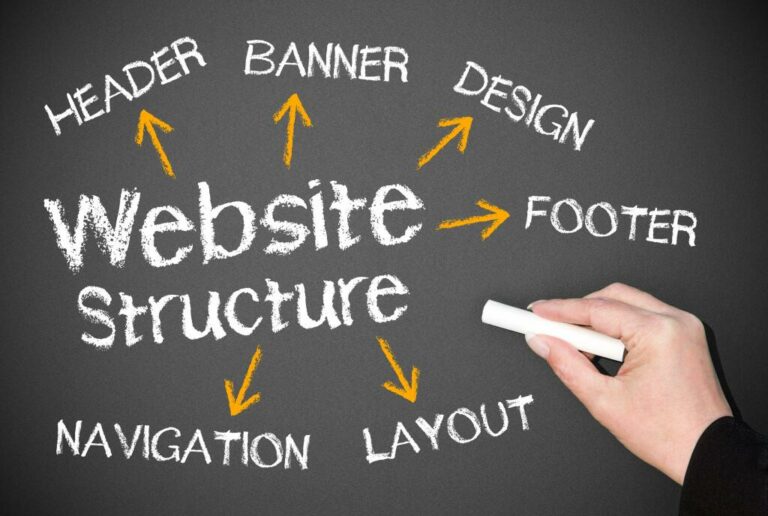Confusing these phrases can result in misunderstandings and missed requirements—and in the end, low-quality software. Verification may result in revisions in design or specification documents based on points or discrepancies. Validation may require precise code modifications or additional growth to handle consumer suggestions or efficiency bottlenecks.
Verification is done to examine if the software being developed has adhered to these specifications at every stage of the development life cycle. The verification ensures that the code logic is consistent with specs. The software program testing industry is estimated to develop from $40 billion in 2020 to $60 billion in 2027. Together, these processes guarantee complete testing all through the whole software program development lifecycle, so the consumer will get reliable software program.

By themselves, verification and validation don’t guarantee software quality; planning, traceability, configuration management and other features of software engineering are required. The Validation Process answers the query of, “Is it the best solution to the problem? ” This process works at the side of the Stakeholder Requirements, Requirements Analysis, and Architecture and Design processes. It evaluates the necessities, useful and physical architectures, and implementation. In the early levels of the system growth life cycle, validation might involve impartial analysis of the system necessities, development of prototypes, and simulations, all to validate the system concept. With Apidog’s user-friendly interface, our clients can simply create and execute comprehensive API take a look at cases to validate the compliance of their APIs with specified necessities and designs.
Categories Of Validation
The verification process will embody actions like code reviews, walkthroughs, inspections however little, if any, actual testing. Verification in Software Testing is a means of checking documents, design, code, and program in order to verify if the software has been constructed in accordance definition of verification with the necessities or not. The major objective of verification course of is to ensure high quality of software application, design, structure and so on. The verification course of involves activities like critiques, walk-throughs and inspection.
Fortunately, these validation checks are typically performed on the utility degree or the database level. For instance, if you’re coming into a U.S.-based shipping handle into an e-commerce website, it’s unlikely that you’d be capable of enter a state code that is invalid for the United States. Nevertheless, other data quality points (including inaccurate addresses) are commonplace, resulting in vital knowledge quality points at scale. This kind of testing is finished alongside of the event to guarantee that every new step meets the predefined specs. The worth of verification testing is realized when development is complete, and the applying functions as expected.
This was made resoundingly clear within the 2023 Data Integrity Trends and Insights Report, revealed in partnership between Precisely and Drexel… To make the deduplication process more difficult, multiple information for the same customer might need been created utilizing slightly different variations of a person’s name. Tools that use fuzzy logic to identify attainable and sure matches can make the method work better. Discover the way to optimize your software supply with our complete eBook on Value Stream Management (VSM).
Insurance Organizations Rely Upon The Standard Of Their Data
A few activities involved in verification testing are requirements verification, design verification, and code verification. It exams the necessities, structure, design, and code of the software product. It is a process of making certain that the product meets the needs and expectations of stakeholders.
Yes, both verification and validation are essential for successful software growth. Verification is important for making certain the software is built accurately, and validation is important for guaranteeing the right product is built to satisfy users’ expectations. The verification element of the software program testing process includes analyzing the software to identify any inconsistencies or deviations from the requirements.
Verification and validation help scale back the possibilities of product failure and improve the reliability of the top product. Validation helps to determine if the software group has built the best product. Validation is a one-time process that starts only after verifications are completed. Software groups typically use a wide range of validation strategies, including White Box Testing (non-functional testing or structural/design testing) and Black Box Testing (functional testing). Depending on the complexity and scope of the software program application, the software program testing team uses different methods of verification, together with inspection, code reviews, technical critiques, and walkthroughs.
Software Verification And Validation
In the world of testing, the differences between Verification and Validation may cause confusion. While the distinction could seem trivial, the 2 fulfill very separate purposes. To additional clarify verification and validation, let’s check out an example every.
Verification helps in examining whether or not the product is built proper based on necessities, whereas validation helps in examining whether or not the best product is constructed to meet user wants. In this text, we will be taught the difference between Verification and Validation. For an example of verification testing in software program development, think about a cell application’s user-interface (UI). The verification course of would involve ensuring that the app’s UI elements make sense according to its design specs.

A few verification strategies are inspection, code evaluate, desk-checking, and walkthroughs. Arbour Group has provided us with competent validation project management that has enabled us to complete tasks in a well timed and value effective manner. Both are equally necessary verification ensures correctness, while validation ensures utility and satisfaction of person needs. By understanding and making use of these ideas appropriately, organizations decrease the room for error, keep away from redundant efforts, and optimize useful resource allocation, resulting in cost-saving advantages. They additionally be sure that every side of the testing course of is given applicable consideration.
By checking buyer addresses against a change of address database from the postal service, you possibly can identify buyer information with outdated addresses. In many circumstances, you’ll have the ability to even replace the customer information as part of that process. To a layperson, data verification and information validation could sound like the identical thing. When you delve into the intricacies of information high quality, nonetheless, these two essential items of the puzzle are distinctly different.
Regularly Asked Questions (faqs) On Verification Vs Validation
Verification became a prominent course of when structured walkthroughs and code inspections started turning into the norm.

It emphasizes executing the code to check the usability and performance of the top product. In contrast, the validation process produces a working software program system that confirms its readiness for manufacturing deployment. Synopsys helps you protect your backside line by building trust in your software—at the velocity your corporation demands. There are six (6) fundamental requirements growth steps, and step 5 is to Verify and Validate necessities.
Examples Of Verification And Validation (how To Do Each)
Verification and validation testing are commonly used in software program development throughout industries and applied sciences. With more complicated and dynamic software has come the necessity for systematic testing approaches to ensure reliability, performance, and efficiency. The course of entails executing the software program under managed circumstances and observing its habits to establish any potential defects or discrepancies. The goal is to ensure (and even improve) reliability, performance, and consumer satisfaction whereas reducing risks and prices.
In validation, good protection means writing checks that validate each part of the product extensively. You should test at different levels, including unit testing, integration testing, and system testing. A few widely-used validation strategies are black field testing, white field testing, integration testing, and acceptance testing.
If you have been to enter “ZP” or “A7” in the state subject, you would, in essence, be invalidating the complete address, as a outcome of no such state or territory exists. Data validation would perform a examine towards existing values in a database to ensure that they fall inside legitimate parameters. To summarize, both verification and validation play an necessary part in the total quality of a product.
Automated E2e Checks In Your Cellular App
Validation is particularly essential, and infrequently problematic, in the case of handle data. Without an correct and fully legitimate address, corporations danger failed deliveries, which may result in greater operational prices and adverse customer experiences. Invalid addresses can have tax consequences as nicely if buyer places are assigned to the incorrect jurisdiction. Poor quality https://www.globalcloudteam.com/ handle and placement data can even limit an organization’s ability to enrich its knowledge with useful geographic and demographic context. In the United States, for example, each avenue address should embody a definite subject for the state. Certain values corresponding to NH, ND, AK, and TX conform to the listing of state abbreviations as outlined by the united states